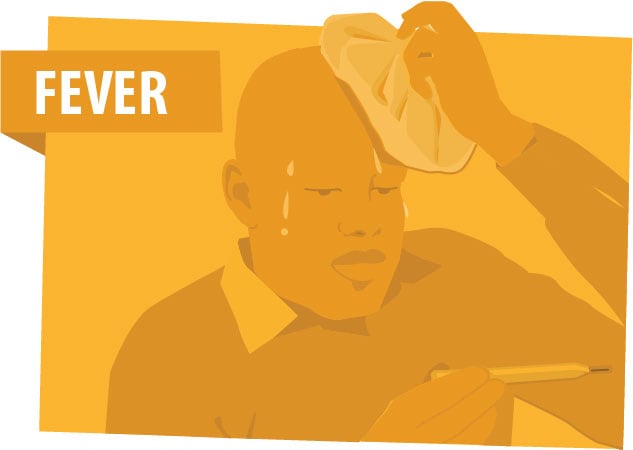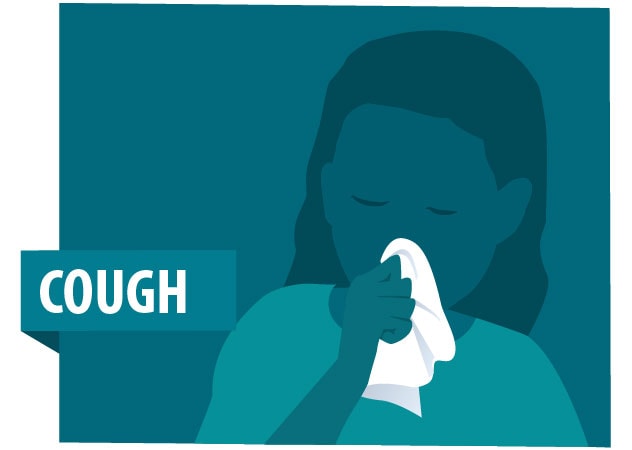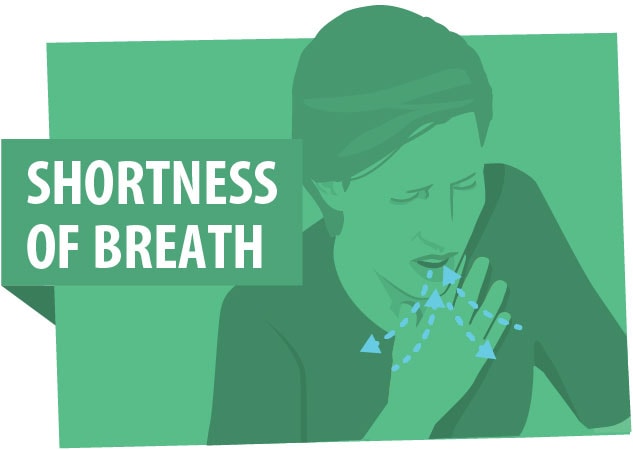
COVID-19 symptoms include:
These symptoms may appear 2-14 days after exposure.



If you develop emergency warning signs for COVID-19 get medical attention immediately. Emergency warning signs inclued*:
Source and images: https://www.cdc.gov/coronavirus/2019-ncov/symptoms-testing/symptoms.html
You are at a higher risk of getting sick if you:
If you are at a higher risk of getting COVID-19, you should take action to reduce your risk of getting sick.
What we do know about COVID-19 and animals:
How to protect your pet:
For more information about COVID-19 and animal health, you can visit the following links:
How COVID-19 Spreads:
Person-to-person spread
The virus is thought to spread mainly from person-to-person.
Between people who are in close contact with one another (within about 6 feet).
Through respiratory droplets produced when an infected person coughs or sneezes.
These droplets can land in the mouths or noses of people who are nearby or possibly be inhaled into the lungs.
Can someone spread the virus without being sick?
People are thought to be most contagious when they are most symptomatic (the sickest).
Some spread might be possible before people show symptoms; there have been reports of this occurring with this new coronavirus, but this is not thought to be the main way the virus spreads.
Spread from contact with contaminated surfaces or objects
How easily the virus spreads
Source: https://www.cdc.gov/coronavirus/2019-ncov/prepare/transmission.html
Protecting Yourself:
Protecting Others:
Stay home except to get medical care:
Separate yourself from other people in your home, also known as home isolation:
Wear a facemask if you are sick or if you are caring for others who are sick.
Cover your cough and sneezes.
Clean your hands often.
Avoid sharing personal household items.
Clean all "high touch" surfaces everyday.
Monitor your symptoms.
How to discontinue home isolation:
People with COVID-19 who have stayed home isolated can stop home isolation under the following conditions:
Source: https://www.cdc.gov/coronavirus/2019-ncov/if-you-are-sick/steps-when-sick.html
Terms you should know:
Racialization - the act or process of imbuing a person with a consciousness of race distinctions or of giving a racial character to something or making it serve racist ends
Sinophobia - the fear or disdain of China, or Chinese people, their language or culture
Xenophobia - fear and hatred of strangers or foreigners or of anything that is strange or foreign